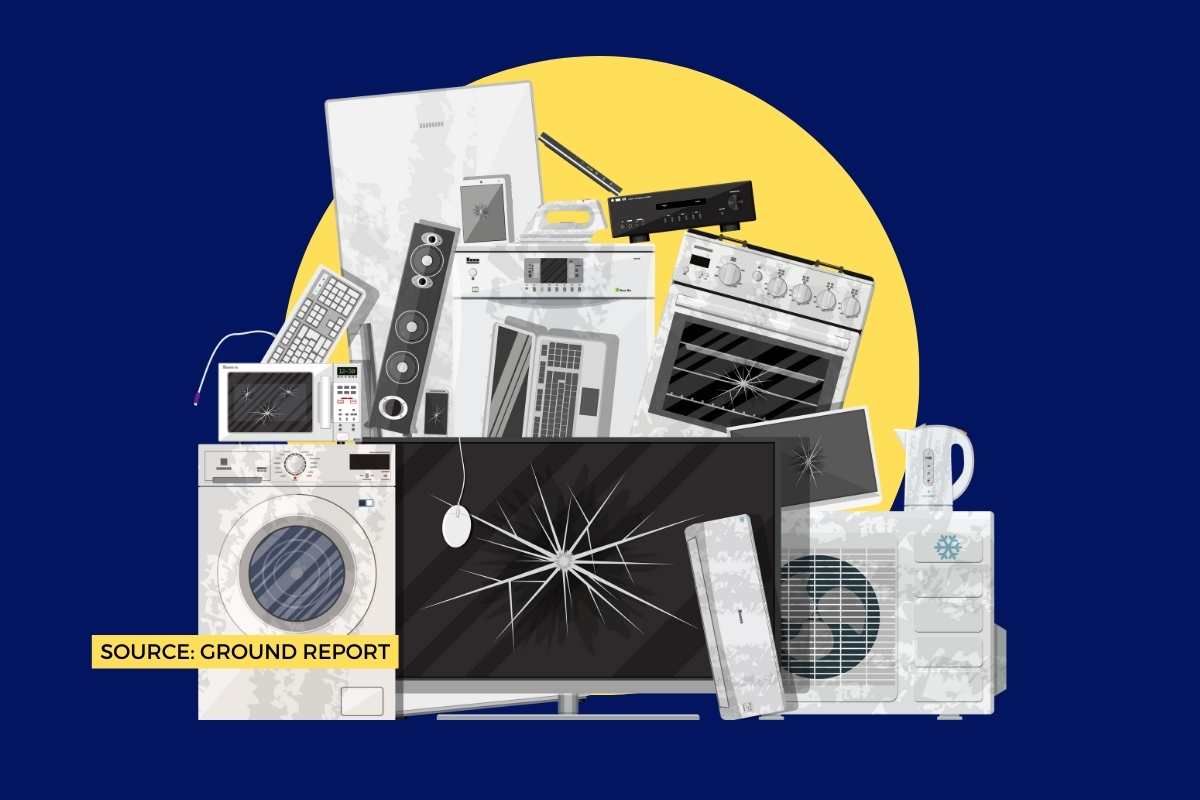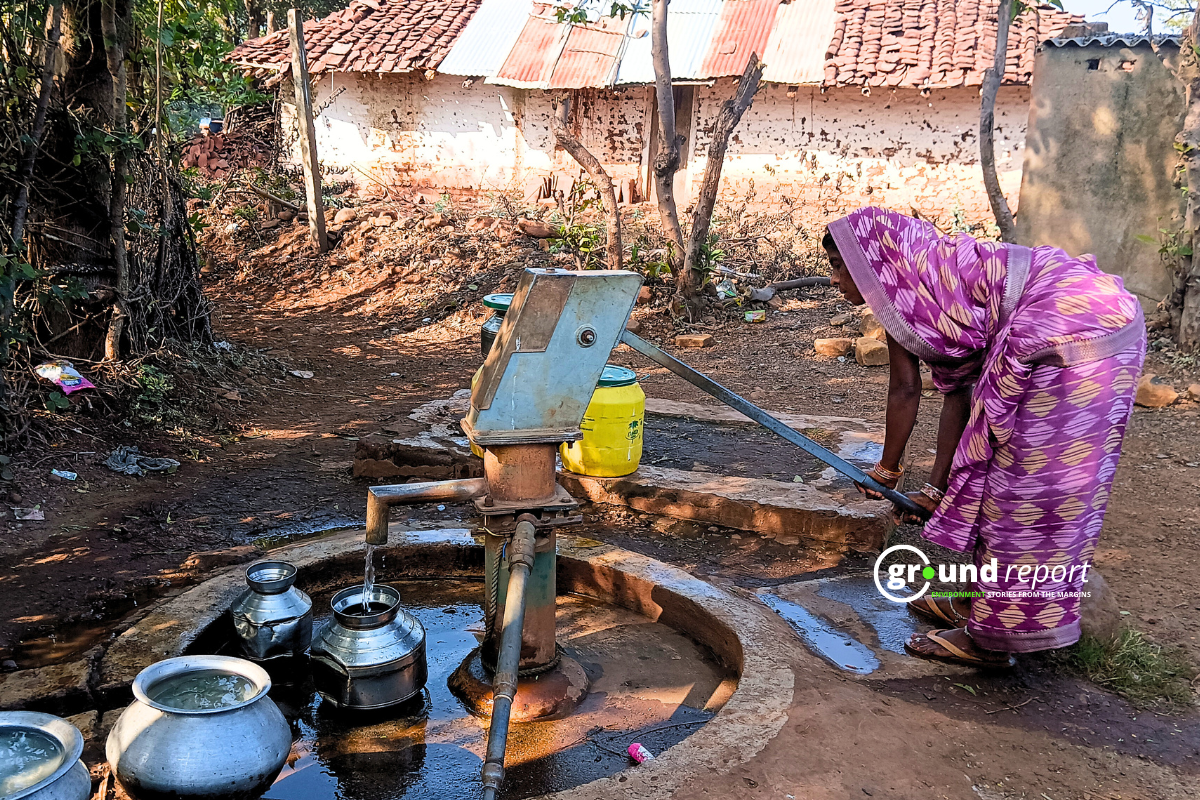United Nations Secretary-General Antonio Guterres has issued a stark warning about the impacts of climate change, revealing that Nepal’s snow-capped mountains have lost nearly one-third of their ice over the past three decades. This alarming revelation came during his visit to the area near Mount Everest, the world’s highest peak.
Glacial melt accelerates, warning issued
Guterres highlighted that the rate of glacial melt in Nepal, which is sandwiched between two major carbon emitters – India and China, has accelerated by 65% in the last decade compared to the previous one. He used his visit to call for an end to the “fossil fuel age,” warning that melting glaciers will result in overflowing lakes and rivers, potentially wiping out entire villages and causing sea levels to rise at unprecedented rates.
“I am here today to cry out from the rooftop of the world: stop the madness,” Guterres said.
Climate experts claim that while the earth’s temperature has risen by 0.74 degrees Celsius on average over the last century, warming in South Asia’s Himalayas has been larger than worldwide averages. Guterres stressed that actions should be taken now to limit the global temperature to 1.5 Celsius to lessen the effect of climate chaos, as the world cannot wait any longer.
Melting glaciers threaten vital ecosystems
Glaciers high in the Himalayas maintain major river systems, agriculture, cattle, and local economies in an area with a population of about 1.8 billion people. However, as global temperatures rise as a result of climate change, glacial snow ice that has been squeezed over ages is melting faster than ever-not only in the Himalayas but also in critical locations like Antarctica and Greenland.
Glaciers in the Hindu-Kush Himalaya could lose up to 75% of their volume by the end of the century owing to global warming. Mr. Guterres cautioned that key Himalayan rivers such as the Indus, Ganges, and Brahmaputra might see substantially lower flows in the future, decimating delta regions when combined with seawater.
“That spells catastrophe: Low-lying countries and communities erased forever,” he said.
Climbers returning from Everest have stated that the mountain has become drier and grayer than before. British climber Kenton Cool described Mount Everest as “dry and rocky” and is losing snow. “That shows how dry the mountain is now … I think that is because of the lack of precipitation, a lack of snowfall. It could be global warming or any environmental change of some sort,” he said.
Guterres discusses climate impact locally
Guterres met with the community of Khumbu Pasang Lhamu Rural Municipality-4 to discuss the impact of climate change on the livelihoods of the local inhabitants. Lakshman Adhikari, chairman of Khumbu Pasang Lhamu Rural Municipality-4, highlights wealthier nations’ responsibility for global pollution and voiced concern about the negative consequences experienced in rural locations such as Khumbu Pasang Lhamu Rural Municipality.
The UN official said the upcoming COP-28 will prioritize tackling the implications of climate change in mountainous regions, with involvement from local communities.
Keep Reading
Part 1: Cloudburst in Ganderbal’s Padabal village & unfulfilled promises
India braces for intense 2024 monsoon amid recent deadly weather trends
Support us to keep independent environmental journalism alive in India.
Follow Ground Report on X, Instagram and Facebook for environmental and underreported stories from the margins. Give us feedback on our email id greport2018@gmail.com.
Don’t forget to Subscribe to our weekly newsletter, Join our community on WhatsApp, and Follow our YouTube Channel for video stories.









